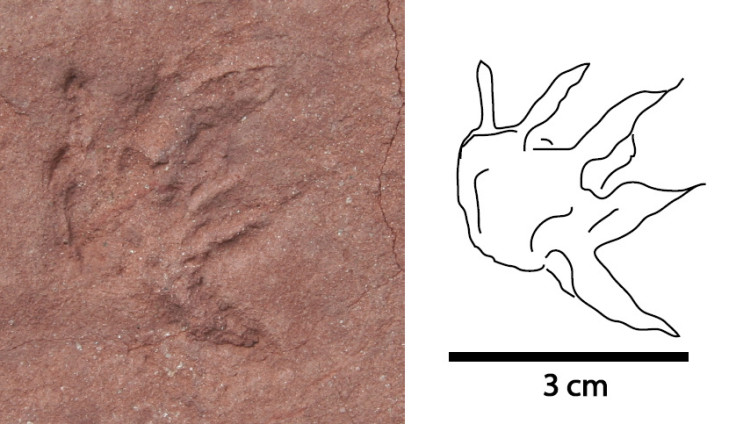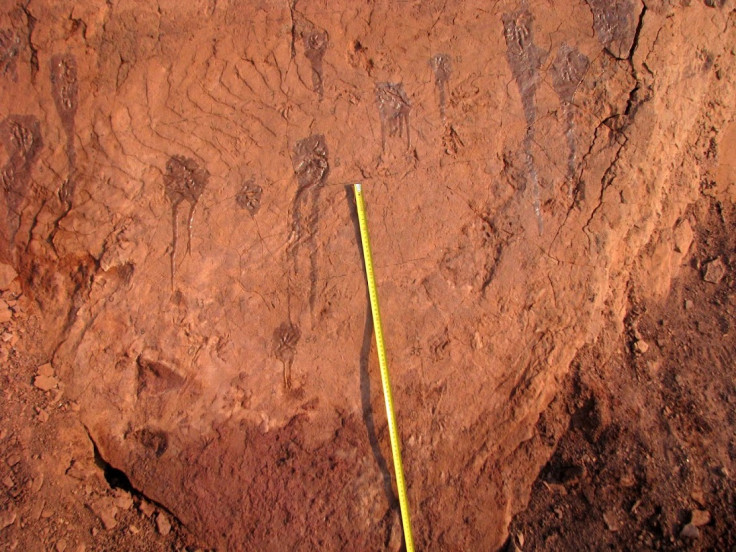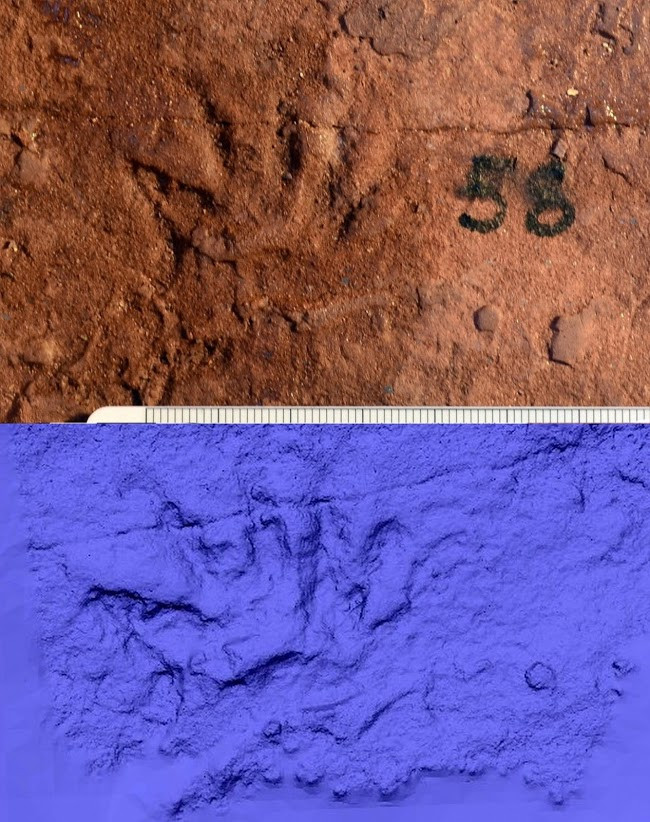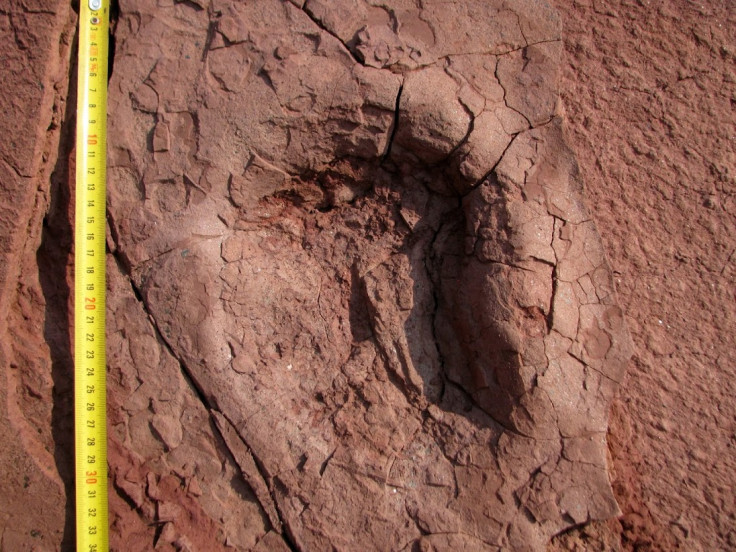Angola: Huge Mystery Mammal Tracks from Early Cretaceous Period Discovered in Catoca Diamond Mine

The tracks of a huge mysterious mammal dating to the Early Cretaceous period have been discovered in the world's fourth-biggest diamond mine in Africa.
Dating to 118 million years ago, researchers discovered the tracks of a crocodile, a dinosaur and a large unknown mammal inside the Catoca Diamond Mine in Angola.
Over 70 tracks were uncovered by researcher from the PaleoAngola Project, a programme that researches vertebrate palaeontology in Angola.
The dinosaur tracks – the first to be found in the African nation – were from a sauropod and were discovered with a preserved skin impression. The crocodile, a crocodilomorph trackmaker, was from a group that includes all modern species.

However, the most important find was that of the large mammal. Researchers believe it was about the size of a raccoon – huge compared to all other mammals at the time, which were mostly no larger than a rat.
Marco Marzola, one of the study authors, told IBTimes UK there is no way of telling to what species the mystery mammal belongs as you cannot identify animals by their tracks – "the most you can say is that the track resembles the anatomy of that animal," he explained.
"We cannot narrow down to a species but we can say they do belong to – they were made by an exceptionally large mammal – that we can say for sure."

As well as being far larger than any other known mammal from the time, Marzola said there is no comparable skeleton in any skeletal record across the globe to match the creature's tracks.
The closest species the mammal might relate to is that of a large mammal found in China. Researchers from the skeleton of the creature but it was incomplete and – vitally – was missing its hands and feet.
They said: "There are pieces of this mammal that can be comparable in size to our tracks, however, we cannot say that this mammal is our track maker because of three things.

"One, it comes from China, which is very far from Angola. Two, the Chinese mammal was four to seven million years younger than our track – so it's a pretty big time gap between the two of them.
"The third thing is that this species isn't fully complete - it has a skull and a lot of postcranium material. It's unbelievable. It has arms, legs but no hands and no feet. So the most important comparison we would do is between the hands and feet of the mammal with our tracks, but we cannot do that because we don't have the hands or feet."
The tracks were found in a small sedimentary basin in the crater of a kimberlite pipe – a type of igneous rock best known for containing diamonds.

During the research project, the Catoca Diamond Mine stopped mining in the area where the tracks were found for almost eight months – at a huge financial loss – and something Marzola said was "remarkable".
"They gave up an income of hundreds of thousands even millions of euros," he said. "It's a private company in Africa and they really understood the importance of the find to the entire nation."
© Copyright IBTimes 2025. All rights reserved.






















